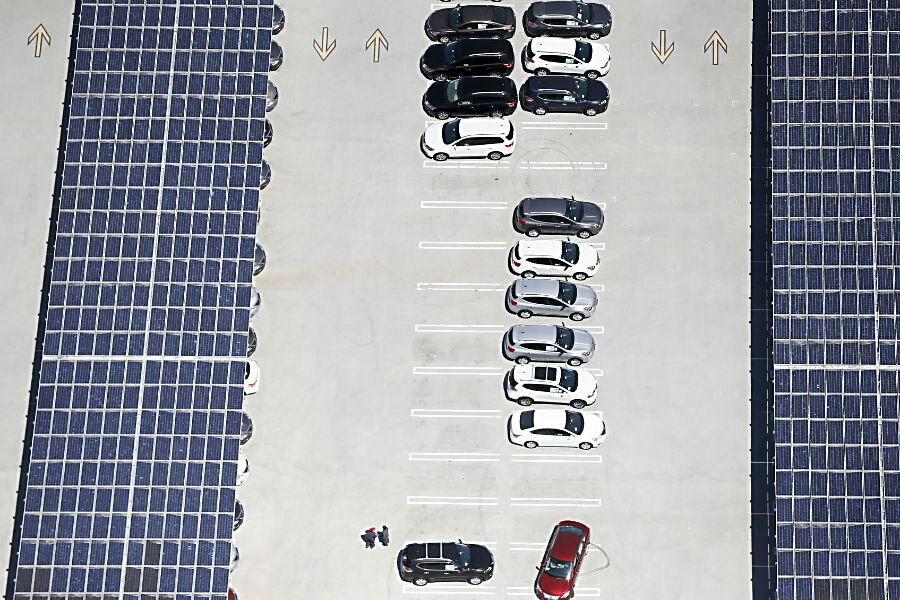California's tough new plan to curb greenhouse gases
Loading...
| Sacramento, Calif.
California would aggressively reduce greenhouse gas emissions by 2030 under an ambitious plan announced by Gov. Jerry Brown.
The governor issued an executive order Wednesday to set a target of reducing emissions by 40 percent below 1990 levels over the next 15 years. The rules aim to curb global warming.
It goes further than a federal plan to cut carbon-dioxide emissions by 30 percent by 2030, with 2005 levels as the starting point.
Brown's order aligns California's greenhouse-gas reduction targets with those of leading international governments ahead of the United Nations Climate Change Conference in Paris later this year. The 28-nation European Union has set the same target for 2030.
Brown didn't lay out specifics on how to reach the goal but says climate change would factor into government planning.
The Christian Science Monitor reported that progress is being made globally on reducing greenhouse gas emissions:
Last year the world economy grew without an associated increase in the rate of global carbon emissions – the heat-trapping gases scientists say are primarily responsible for a warming planet. That kind of carbon-stable expansion of wealth hasn’t happened in four decades, says the Paris-based International Energy Agency (IEA), which released the data in March.
Broadly speaking, it’s a sign that all the money and effort nations and businesses have poured into cleaner energy systems – expanding renewable power, curtailing carbon-heavy coal, and improving overall energy efficiency – is having an effect.
Experts are quick to caution that much more must be done to keep rising temperatures within a widely agreed safe range. The world continues to emit vast amounts of carbon dioxide. Projections still show levels rising throughout the century. Even if CO2 emissions dropped to zero overnight, lingering greenhouse gas concentrations would continue to warm the planet for centuries, according to the United Nations Intergovernmental Panel on Climate Change.







